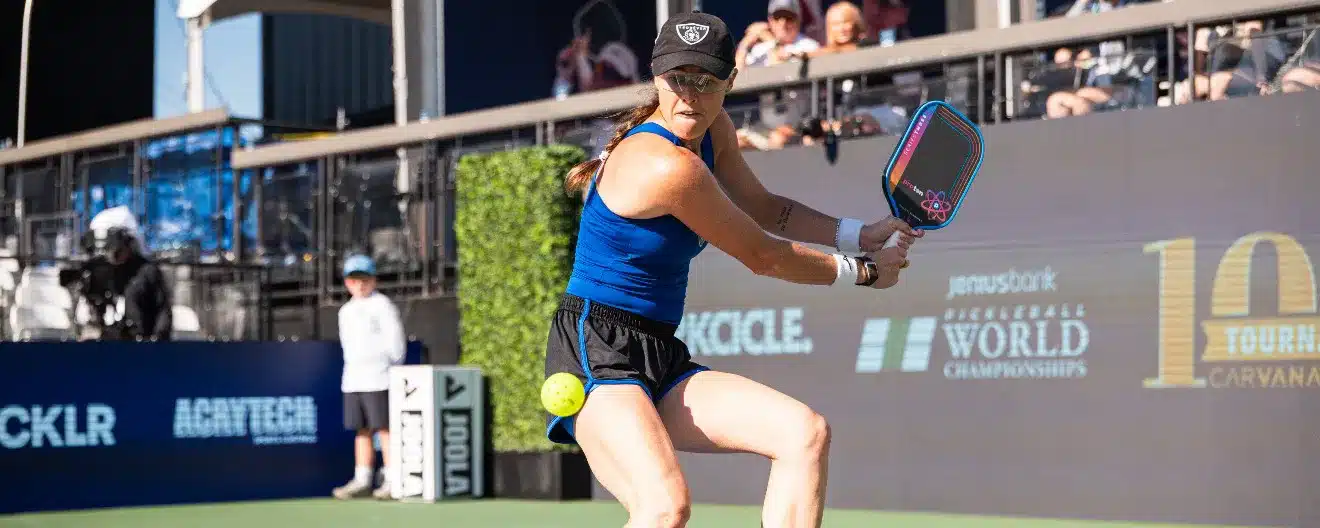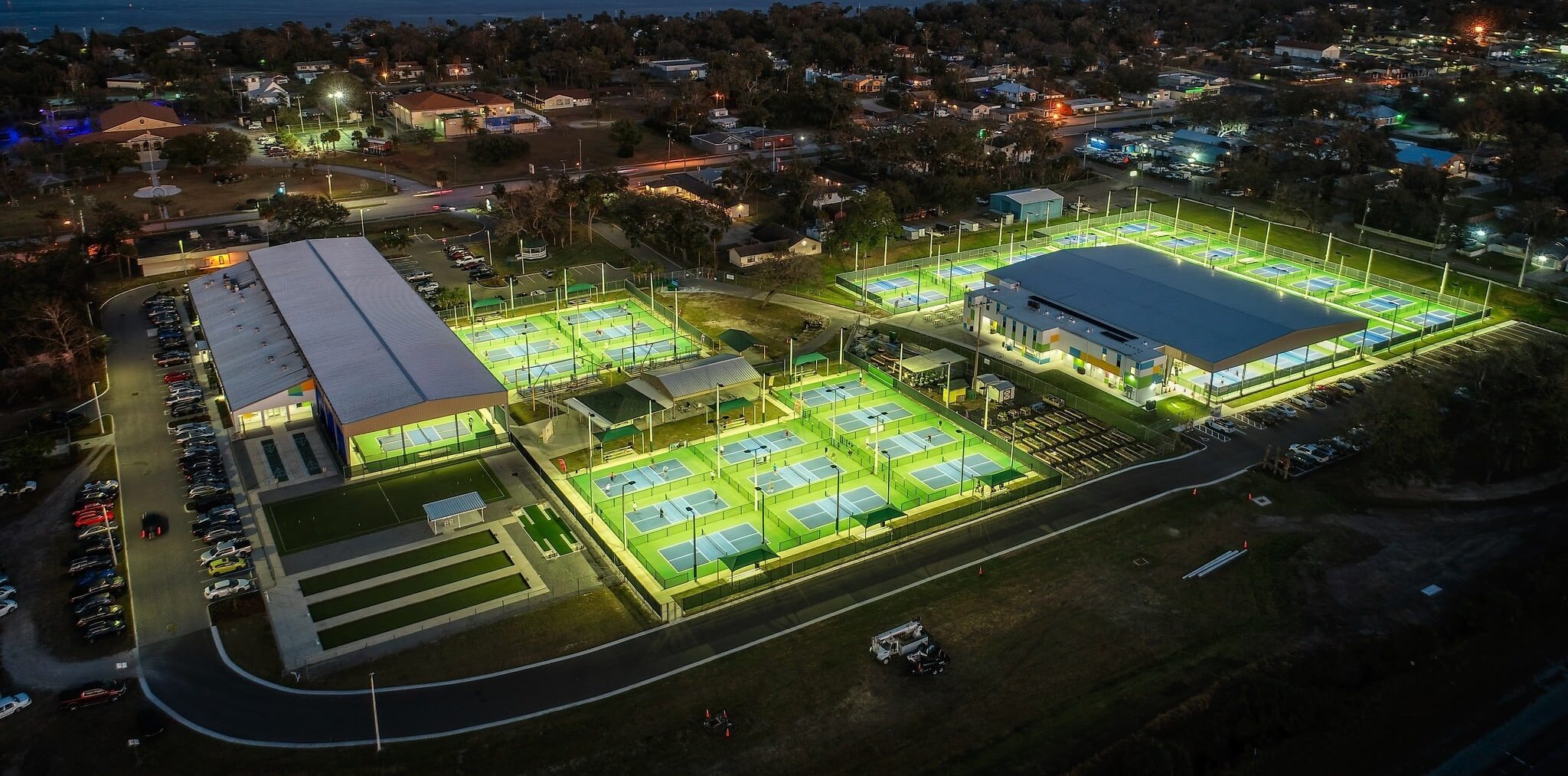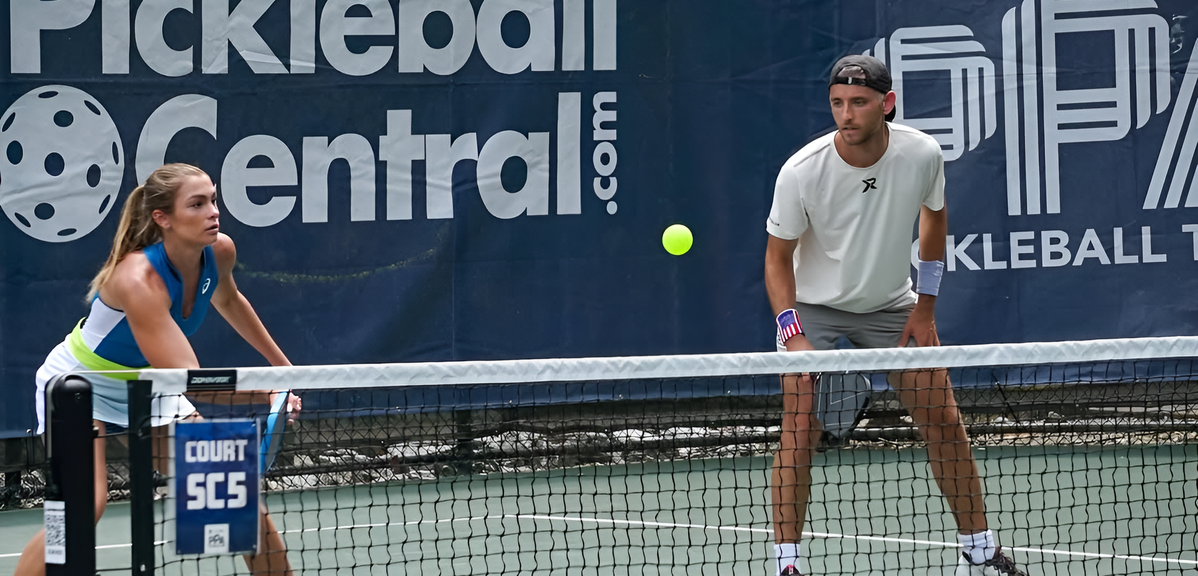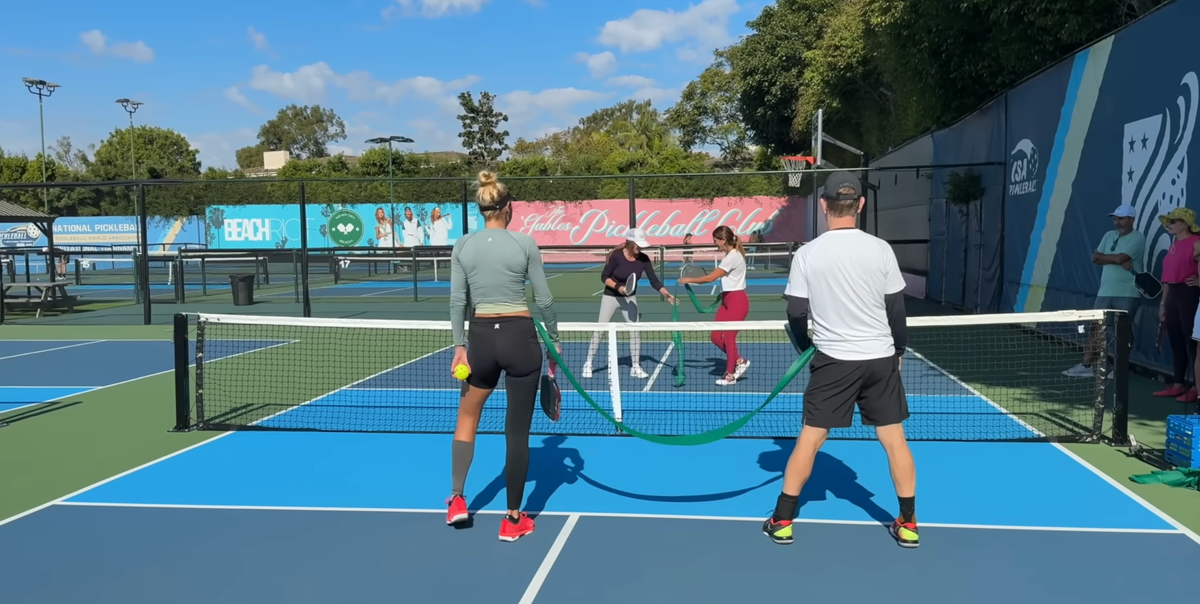The drop shot is hands down the most difficult shot to perform in pickleball. It's also devastating to the opposing team if you can pull it off. This is one of the main reasons so many serving teams use a 3rd shot drop, which gets a lot of attention in its own right. But what about the 2nd shot - can you do more than just drive the ball back to the serving team? Is it possible to close the rally down with a 2nd shot drop?
A 2nd shot drop is a finesse shot for the return of serve in pickleball. It's intended to make the 3rd shot more challenging for the serving team by landing a soft and low 2nd shot in the kitchen, where it drops rapidly. It's difficult to perform at higher levels of competition.
The truth is though, at higher levels of competition, such as 4.0 or greater, the 2nd shot drop would be detrimental to winning. But at lower levels of competition, you could make a case for using a 2nd shot drop. If you currently use this tactic in your game or you're considering adding it to your arsenal, keep reading to learn where and when it makes the most sense. You might be surprised by what you find.
The Basics of 2nd Shot Drop
Before we dive into the 2nd shot drop, it's important to understand the purpose of the 3rd shot drop due to so many misconceptions surrounding it. Many view the 3rd shot drop as a rally-winning shot. This can definitely be an outcome of the 3rd shot, but the purpose of the 3rd shot drop is simply to buy time and space for the serving team to make it to their kitchen line without giving up control of the game. You should view the use of the 2nd shot drop through a similar lens.
The mission is simply to reduce the likelihood of the serving team controlling the pace of the rally with their 3rd shot by making it difficult to reach or position for a solid shot. Anything more than that, such as taking a point, is a bonus.
2nd Shot Drop in Layman's Terms
After the serve, the second shot (return of serve) is typically hit with a backspin effect, causing the ball to drop quickly over the net. It's usually a softer shot that just goes above the net and is destined for the kitchen. Since the serving team will be traveling from the baseline, if the ball can almost "die" in the non-volley zone, this can be an extremely difficult shot for the serving team to return for their 3rd shot.
It's best to view the 2nd shot drop as a finesse shot that can be used to change the pace of the game and keep your opponent on their toes at the start of a rally. Like all tactics, it's something to be used sparingly. Predictability is a quick way to lose. There are instances where it makes sense to use a 2nd shot drop and many where you should avoid it altogether. Let's look at each scenario in greater detail.
Why the 2nd Shot Drop Doesn't Make Sense
When you view the 2nd shot by its purpose, this is where you might struggle with its value. Assuming you're on the return of serve, you'd be giving up strategic court positioning by sending a drop shot to your opponents.
Your advantage within the first three shots is your ability to move up to the kitchen line and have first cracks at volleys. Controlling the line is controlling the game. Plus, the serving team has to allow the 2nd shot to bounce before hitting it, so if you can land it close to their baseline, you'll create a greater gap between your side at the line. This is why sending a 2nd shot deep is a better play than dropping it. Strategically it doesn't add up. And in higher competition, this is especially true.
When to Use the 2nd Shot Drop
At lower tiers of competition, such as below 3.5 or 4.0, a 2nd shot drop wouldn't necessarily have the same impact as it would at higher levels of play. And by no means is that trash-talking play below 3.5 - it's simply because pickleball at entry-level tiers is more focused on fundamental rather than strategic play.
At higher levels, you would pay for this tactic as you'd be trading your queen for a pawn in chess, so to speak. And the harsh reality is that once you reach a certain level of play, the speed of serves will have far too much energy for you to quickly drop over the net. Meaning it won't even be an option the higher the player ratings.
Where it could be useful outside of skill, might be if your opponents struggle to move around the court, or your team is particularly strong at the kitchen or weak anywhere else, you could think of a 2nd shot drop as method to avoid dealing with drives at your baseline. This would be treating your return of serve almost like an invitation to join you in the kitchen.
And perhaps the most stable reason to use a 2nd shot drop in lower competitive play would be if the serve comes in short.
When NOT to Use the 2nd Shot Drop
Outside of refraining from 2nd shot drops in 3.5 or higher, a few other instances where it wouldn't make sense to use include:
- When your opponent tends to stay in No Man's Land or at their baseline through rallies.
- When your opponent is particularly skilled in dink exchanges.
- Consecutively or frequently.
If you're deadset on incorporating a 2nd shot drop in your game, there are some upsides. It can be good practice for hitting a 3rd shot drop
The Best 2nd Shot Drop Is the One You Don't Take
That's a bit extreme, but the fact remains that of the three outcomes of a 2nd shot drop, two of them are not in the receiving team's favor. With a 2nd shot drop you'll either hit the best drop shot in the world, land it in the net or out of play, or land the shot but the opposing side can get to it.
Sure, the opposing side may be rushed, and if you're lucky they'll pop the ball up, but the majority of the time the only gain here is the other team making it to the kitchen faster than they should.
By our calculations, the risks outweigh the rewards. So again, we'd recommend not utilizing the 2nd shot drop. Rather, a more valuable skill in the grand scheme of skills development will be working on returning the ball close to the serving side's baseline. That's a skill coveted at any level of play.
Anuncie Aqui / Advertise Here
Sua marca para o mundo Pickleball! / Your brand for the Pickleball world!

 English
English  Spanish
Spanish  Portuguese
Portuguese  German
German  Italian
Italian  Japanese
Japanese  French
French  Polish
Polish  Russian
Russian  Netherlands
Netherlands  Hungarian
Hungarian  Turkish
Turkish  Videos
Videos 








 English (US) ·
English (US) ·  Portuguese (BR) ·
Portuguese (BR) ·